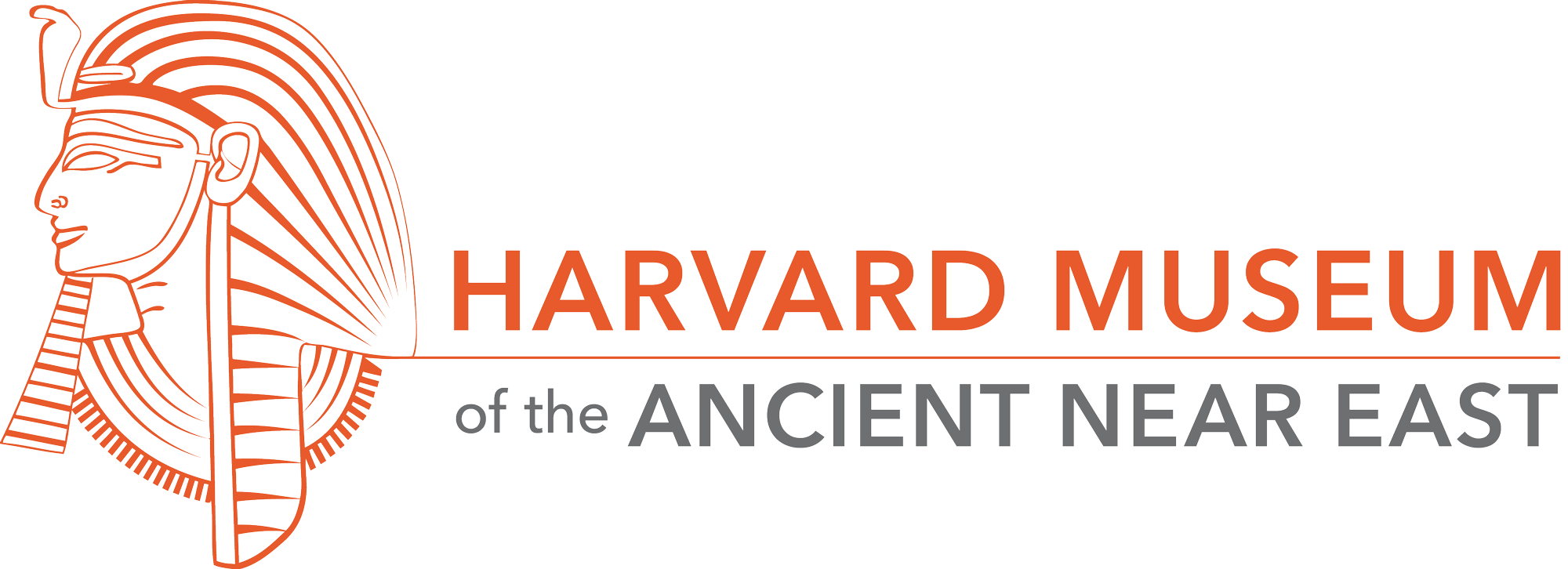
By housing ancient Near Eastern exhibitions, the Harvard Museum of the Ancient Near East explores the rich history of cultures connected by the family of Semitic languages. Exhibitions include a full-scale replica of an ancient Israelite home, life sized casts of famous Mesopotamian monuments, authentic mummy coffins, and tablets containing the earliest forms of writing. Like the artifacts it displays, the museum itself has a rich and nuanced history.
Founded in 1889, the museum was conceived as a teaching tool to study the ancient histories and cultures of people who spoke Semitic languages, among them Israelites, Moabites, Arabs, Babylonians, and Phoenicians. From the beginning, it was the home of the Department of Near Eastern Languages and Civilizations, a departmental library, a repository for research collections, a public educational institute, and a center for archaeological exploration. Among the museum's early achievements were the first scientific excavations in the Holy Land (at Samaria in 1908-1910) and excavations at Nuzi and Serabit el-Khadim in the Sinai, where the earliest alphabet was found. During World War II, the museum housed Naval offices and was closed to the public. In the 1970's, academic activities resumed the museum, which is again home to the Department of Near Eastern Languages and Civilizations, and to the University's collections of Near Eastern archaeological artifacts. These artifacts comprise over 40,000 items, including pottery, cylinder seals, sculpture, coins and cuneiform tablets. Many are from museum-sponsored excavations in Israel, Jordan, Iraq, Egypt, Cyprus, and Tunisia. The museum remains dedicated to the use of these collections for the teaching, research, and publication of Near Eastern archaeology, history, and culture.
Professor Lawrence E. Stager, former Faculty Director of the Semitic Museum, died unexpectedly at his home in Concord, MA on Friday, December 29, 2017. He was Dorot Professor of the Archaeology of Israel Emeritus at Harvard and Director of the Leon Levy Expedition to Ashkelon. He was 74. His obituary appeared in the New York Times.
A New Name for the Harvard Semitic Museum
The Harvard Semitic Museum was renamed the Harvard Museum of the Ancient Near East on April 15, 2020 to be more inclusive and accurately reflect the diversity of the museum’s collection.
Exhibition and Education
The museum, through the collaborative efforts of departmental faculty, curators, museum curatorial staff and students, mounts exhibits, often in conjunction with university courses, which not only serve the University community, but also attract the general public. The museum has an active public outreach program featuring tours for school groups and teacher training workshops. The Museum also sponsors, either alone or in conjunction with other institutions, a number of public lectures each year. Through these educational efforts, the Museum seeks to promote a wider understanding of the civilizations of the Near East and their great cultural legacies.
Teaching with the Collection
There are many opportunities for students and faculty to make use of the museum collections and facilities. Objects can be used for coursework, viewing assignments, research papers, senior theses, dissertations, and teaching displays. The basement seminar room is available for sections scheduled to view the collection. Please email semiticm@fas.harvard.edu to discuss your course material or research needs.
Research and Publication
The Harvard Museum of the Ancient Near East sponsored archaeological field research into the complex societies of the Near East, with special emphasis on those ancient cultures related to the world of the Bible. Each year more than 100 staff, students, and volunteers participated in the Ashkelon Excavations (The Leon Levy Expedition). The museum, through its Harvard Semitic Series and Harvard Semitic Monographs, publishes archaeological, historical, philological, and cultural studies of the Near East, many of which present the research of the department faculty and their students.
The Shelby White-Leon Levy Program for Archaeological Publications provides grants to support publication of archaeological fieldwork terminated some time ago and still unpublished in the Levant and the Aegean. Preference is given to projects from the Neolithic to the Medieval. The funded research must result in a final report.
To inquire about submitting a book proposal to the museum, please contact the Director of Publications. For rights and permissions, inquire here.
The Harvard Museum of the Ancient Near East is one of the Harvard Museums of Science & Culture (HMSC).
